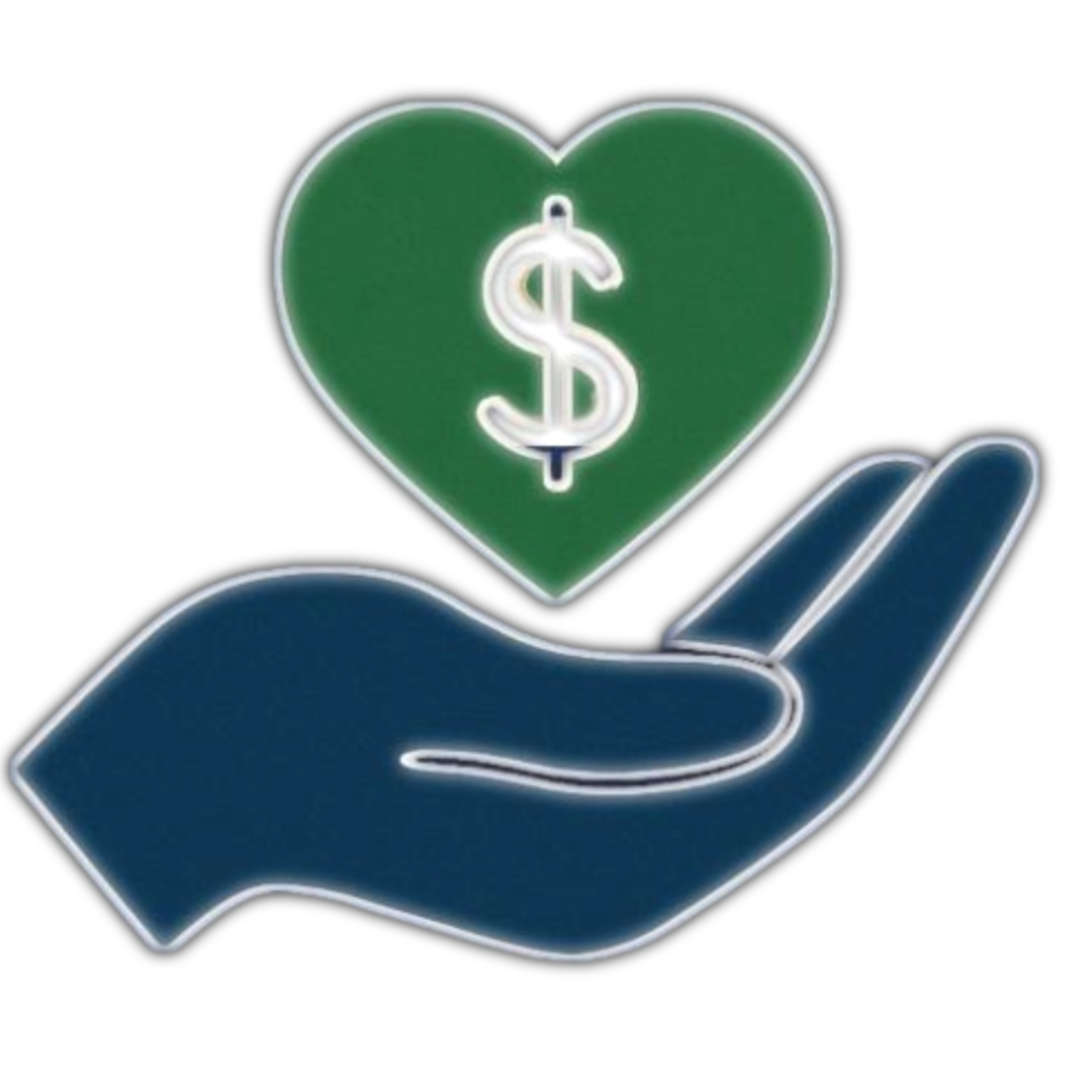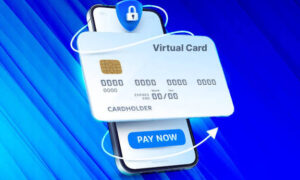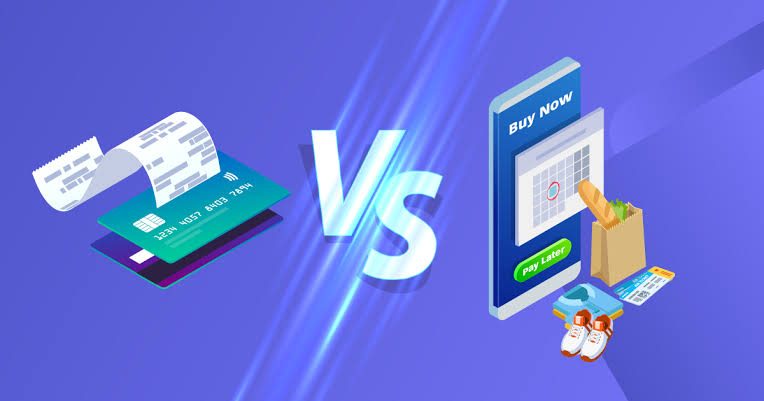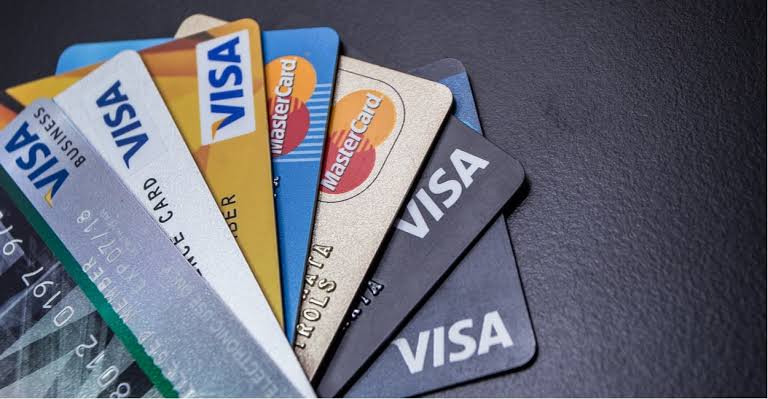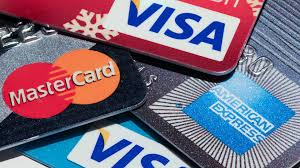
I once had my Afterpay account frozen and could not shop online. It was confusing until I learned why it happened and what I needed to do. If your Afterpay account is also frozen, this guide explains the main causes, how to fix the issue, how long it usually takes before you can use your account again, and answers to the most common questions people ask.
What it means when Afterpay freezes your account
When your Afterpay account is frozen, you cannot make new purchases. You may still be able to see your account and past orders, but checkout will be blocked. Many users first notice this when their payment is declined, even though their card details look fine.
The freeze is not the same for everyone. Some people face a short hold that clears quickly, while others deal with longer restrictions. The exact reason behind the freeze is what determines how the situation is handled. In the next sections, I’ll go through why this happens, what you can do, and how long it usually takes to resolve.
Why Afterpay freezes accounts
There are a few common reasons your account may be restricted:
Missed payments
If you fail to pay on time, Afterpay can pause your account until the payment is made. Their help article on missed payments explains how late payments affect account access.
Outstanding balances after extensions
Many people use the option to push payments forward. If those extended payments are not settled, Afterpay can keep the account frozen until you are back on track.
Verification issues
Sometimes, Afterpay asks for ID documents or proof of address. This is explained in their page on why accounts get frozen. Until the documents are received and approved, your account stays locked.
Security concerns
If suspicious activity is detected, Afterpay may freeze your account to prevent fraud. This is often temporary but requires you to confirm your details.
Steps to unfreeze your Afterpay account
The first thing you should do is check your email or the Afterpay app for alerts. Most times, the company tells you why your account is frozen and what you need to do.
If the freeze is caused by unpaid bills, paying off the balance is the fastest way to restore access. Once your account is up to date, Afterpay reviews it and removes the block.
If they requested ID or address documents, upload them directly through the app or website. This step is important for verification and cannot be skipped.
When you have done everything but your account is still not working, you should contact their customer support. You can do this by submitting a request through the Afterpay support page.
How long it takes to unfreeze an account
The time depends on the reason for the freeze:
- Missed payments – Once you pay, the account can be restored quickly. In many cases this happens within a few hours, though it may take up to a business day.
- Verification checks – If Afterpay asks for documents, it usually takes one to three business days for review.
- Multiple issues – If you have both overdue payments and pending verification, the freeze may last longer until all steps are cleared.
Afterpay explains that once you resolve the issue, you may need to notify them so they can manually lift the freeze.
Tips to speed up the process
From experience, these small steps make things faster:
- Keep your payment details current in the app.
- Clear overdue balances as soon as possible rather than waiting.
- Have your ID documents ready before they are requested.
- Contact support quickly if you think the freeze is a mistake.
- Use the app notifications to track updates in real time.
What happens after your account is unfrozen
When your account is active again, you can use it for purchases. However, Afterpay may lower your spending limit for a while, especially if you missed payments before. The company also monitors repayment behavior, so paying on time in the future helps restore your old limit.
When an account may stay frozen longer
In some cases, accounts remain frozen for a long time or permanently. This can happen if:
- You never respond to verification requests.
- Your overdue balance is very old or has been passed to collections.
- Fraud or suspicious activity is linked to your account.
If any of these apply, Afterpay may decide not to reinstate your account, even after payments are made.
FAQs about frozen Afterpay accounts
Can I still pay while my account is frozen?
Yes, you can still log in and pay your existing installments even when your account is frozen. The freeze only blocks new purchases. Making these payments is often the key to unlocking your account.
Will Afterpay ban me permanently if I miss too many payments?
Not always. A few missed payments can reduce your limit or lead to temporary freezes. But repeated late payments or ignoring requests for repayment can make Afterpay stop offering you services.
Does contacting support make the process faster?
Yes, in many cases. If you have already paid or uploaded documents, reaching out to support helps speed up the review process. Submitting a ticket through the support request page ensures your case is looked at directly.
Can I unfreeze my account instantly?
If the freeze is only because of a missed payment, paying immediately can sometimes restore your account within hours. But if verification is involved, you usually have to wait at least one business day.
Does Afterpay notify me once my account is unfrozen?
Yes, you usually get an email or notification in the app confirming that your account is active again. If you are unsure, try making a small purchase after a day or two to test if the block has been lifted.
Can I avoid freezes completely?
The best way is to always pay installments on time, keep a valid card linked to your account, and make sure your ID and contact details are up to date.
Final thoughts
Having your Afterpay account frozen can feel stressful, especially if you rely on it for everyday shopping. The good news is that most freezes are temporary and are lifted once you clear your balance or provide the needed documents. If you act quickly, you can often get your account back within a day or two. For more complex cases, such as fraud checks or long-overdue balances, the process may take longer.
